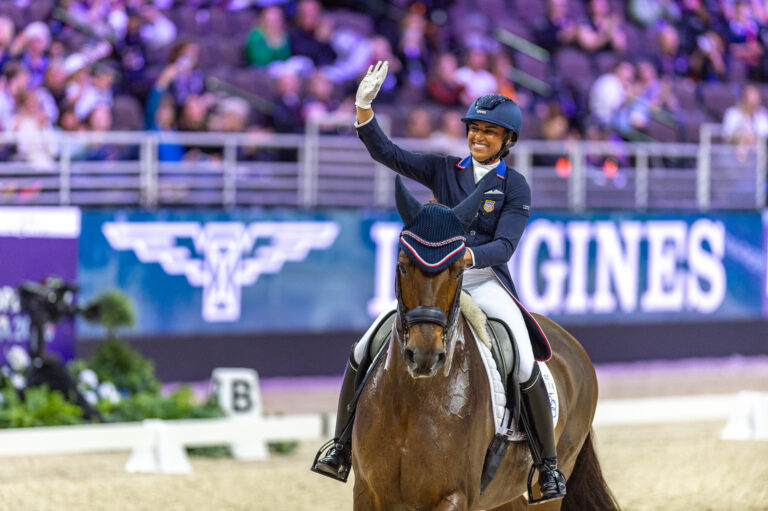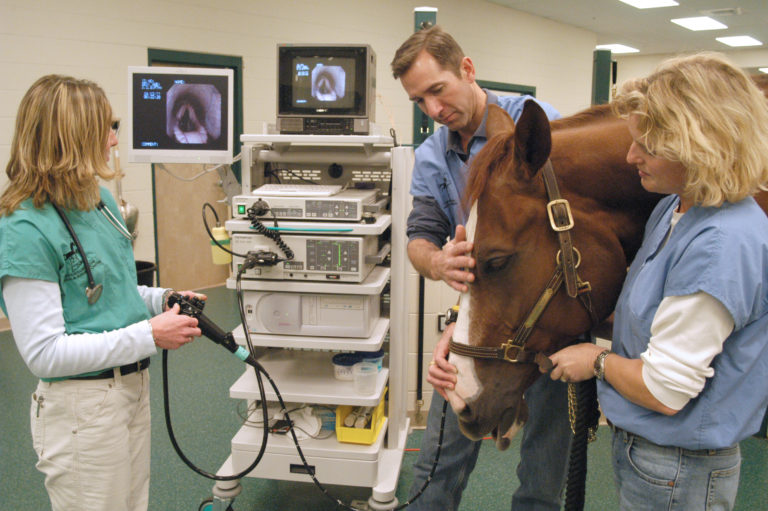Cross-training is good for all athletes, including horses. Grand Prix trainer Nicholas Fyffe uses his previous experience as a gymnast and an international eventer to influence his approach to dressage and often chooses work over cavalletti to cross-train his horses.
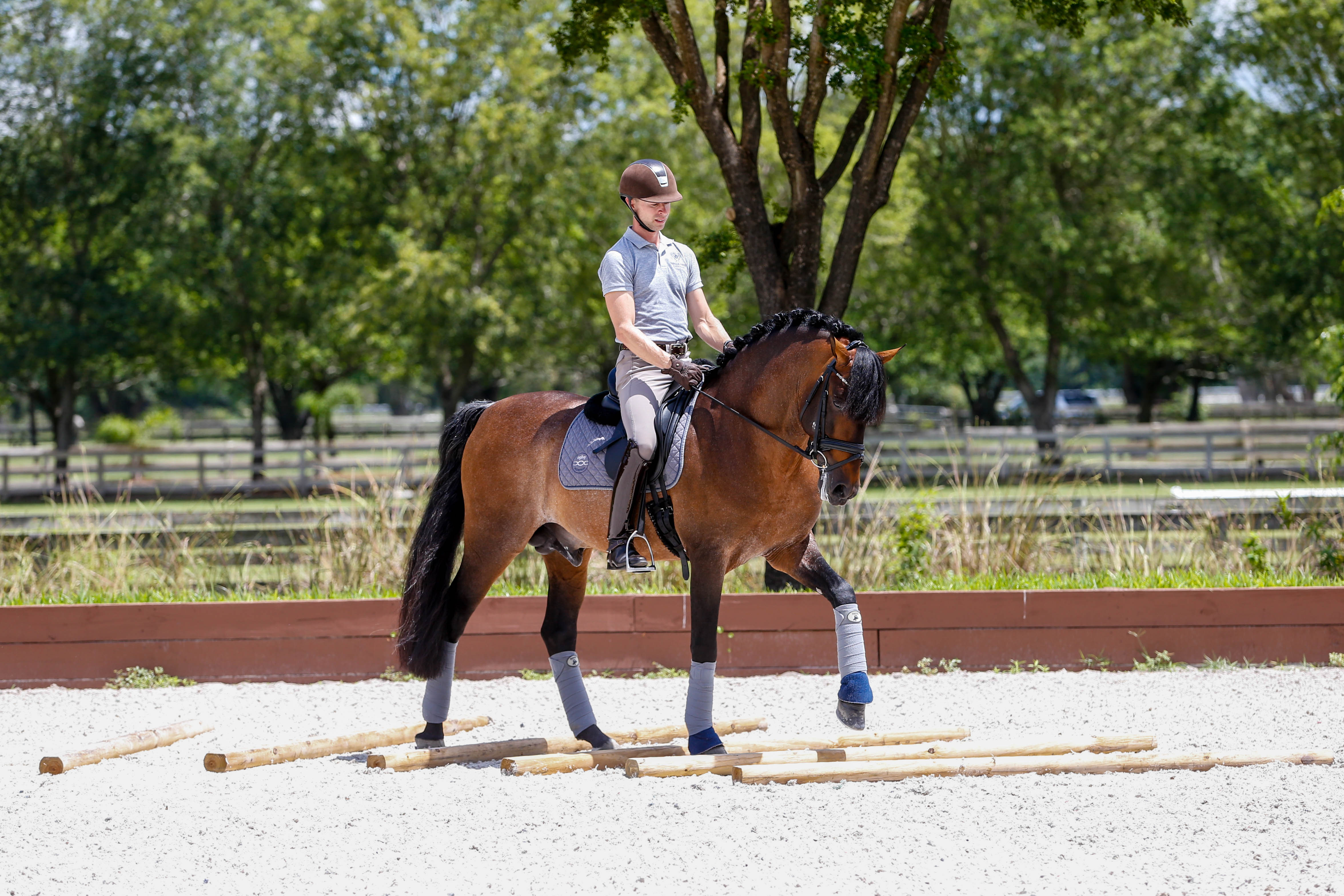
Why Use Cavalletti?
Cavalletti are a really good tool to regulate the footfall of the horse. For instance, if I have a little too much tension and a little bit of speed in the walk, I can place the walk poles a little closer together to help regulate the rhythm of the walk. Walking over cavalletti is a great exercise for a hot horse because it encourages the horse to wait or he will step on the poles. Additionally, if the horse rushes, he is disagreeing more with the cavalletti and less with the rider. Cavalletti are also great if you want to work on lengthening the horse’s stride. For example, I can place the trotting poles at a distance that help add a little more scope and length to the stride, and I can use poles on the ground to increase or decrease the length of stride in the canter.
Walking Over Cavalletti
Walking over poles is the first exercise I use to introduce my horse to cavalletti. In this exercise, the horse will learn to extend his stride. If he doesn’t he’ll clip the pole with his hooves and figure out that he needs to lengthen his stride in order not to.
1. Set up three to four walking poles/cavalletti on a curved/fan line or a 10-meter circle. Set the widest end about 2½ feet apart and the other end of the poles consistently closer together.
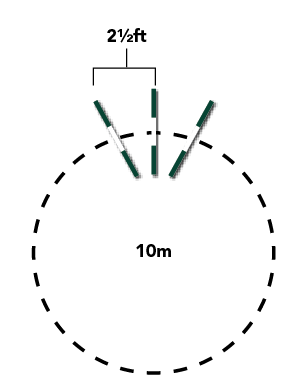
I like to set the poles in this shape because I can walk over the inside of the poles to find a shorter distance. Then when I’m comfortable with that distance, I can walk over the exterior side of the poles where the distance is greater, therefore the expectation of the horse to stretch his joints is greater. Plus, the circle encourages one side of the horse’s body to contract therefore encouraging the other side of his body to extend, creating a stretch down the outside of his body.
2. As I approach the middle of the poles first, I make sure that:
- I have the correct flexion,
- I have the horse’s neck steady,
- he stays in front of me and
- the turning in the circle stays uniform.
The rhythm of the walk should stay the same as we approach. Sometimes it’s not perfect, but again that is why I’m do ing this exercise—to encourage more of a regular rhythm in the walk.
3. After a few times through, I ride the exercise at medium or collected walk over the narrow end of the poles.
4. Finally, I ride a lengthened or extended walk through the wider end of the poles. I’m looking to put a little positive pressure on my horse to encourage him to take a longer step and work a little harder in his body and the poles encourage him to do that without me having to manufacture the strides. I want to soften and let him find his way through it.
I also use the same pole pattern as described above to regulate the walk after a downward transition. For example, a horse learning the simple changes may anticipate the upward transition to canter. I simply make a transition from canter to walk on approach to the walk poles and allow them to do their job. I can then pick up the canter again after the poles or I vary the transitions and continue in walk to keep things interesting and not too predictable. This exercise will encourage the horse to better listen to my waiting aids and be patient in the transition. The horse is unlikely to anticipate the upward transition while navigating the walk poles.
Important Reminder
When it comes to choosing a cross-training program, it’s important to find an activity that is suited to the rider’s personality and goals. For instance, there’s no point for me to start swimming when I know I’m not motivated by it. The same principle holds true with cross-training as it relates to the horse. I personally enjoy lifting weights and stretching at the gym and doing yoga and Pilates. As an adult, the biggest issue I had doing gymnastics for cross-training was that while I was more fit and more flexible, I was also sore. Stiffness surfaced when I tried something new or increased the intensity of my workout, and I realized how much my body hurt. Surely when we are developing horses, muscle soreness has to be a factor for them, too. Take this into consideration when your horse feels a little less motivated after having a groundbreaking ride a day or so before. Be sympathetic, but remember, the best thing for sore muscles is to keep them mobile and moving.
Find More on Dressage Today OnDemand!
Want more from Nicholas Fyffe? In his video series “Cross-Training for Horse and Rider,” Nicholas shares how his previous experience as a gymnast has influenced his approach to dressage, explains the benefits of cross-training and demonstrates some exercises for you and your horse. Nicholas invites his student and her horse to join him through the cavalletti exercise, offering viewers a look at how two very different horses can utilize the same exercise. Enjoy a sneak peek of this series or watch the entire training video, plus more than 1,700 others, by taking advantage of a free trial membership at Dressage Today OnDemand!
This article first appeared in the Fall 2019 issue of Practical Horseman magazine.
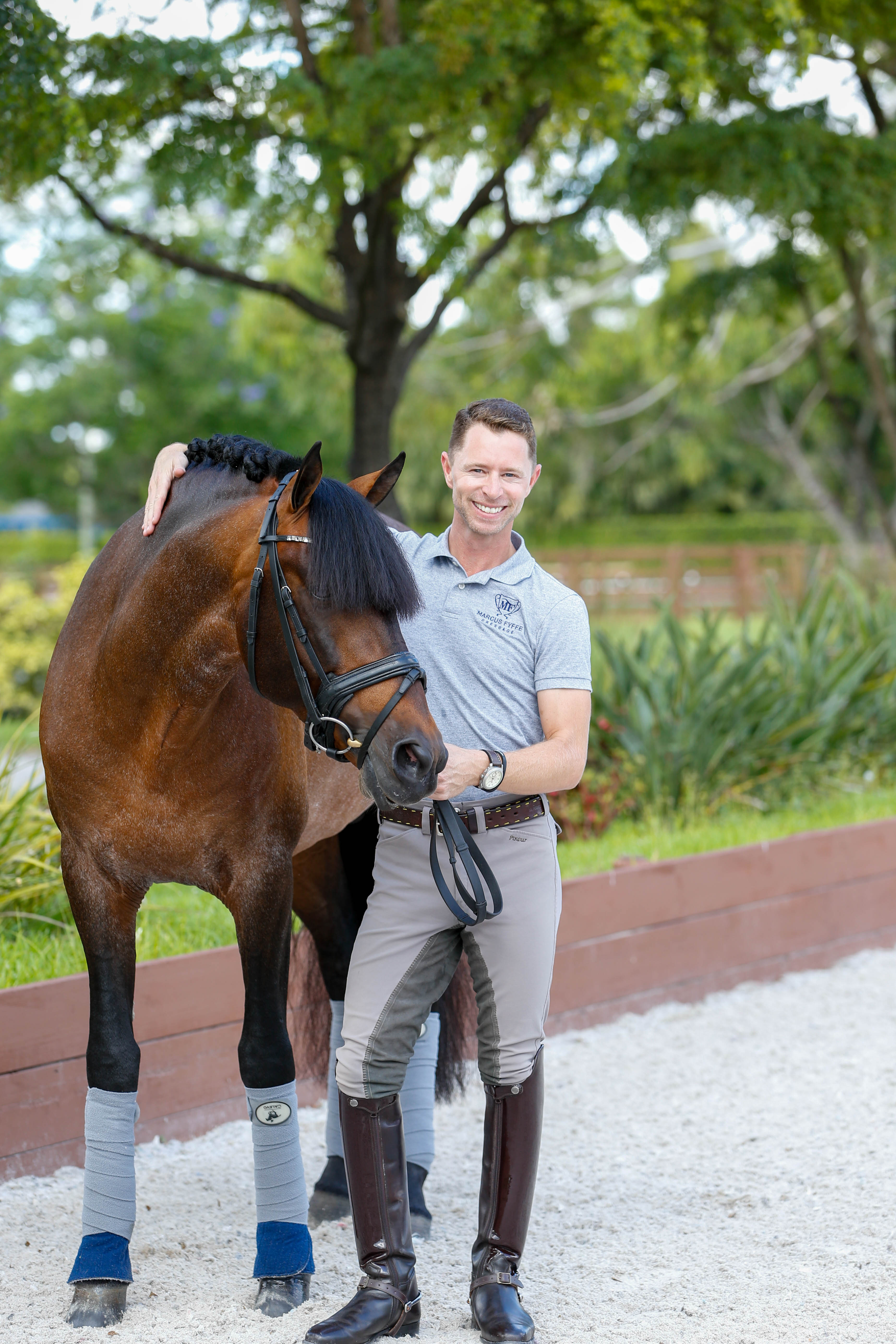
Nicholas Fyffe, an Australian citizen and Grand Prix rider, began his riding career as an international three-day eventer and later trained extensively in Germany under top dressage riders. Nicholas contributed to the Australian team’s gold medal at the 2007 Tri Nations Cup and he has ridden on four consecutive Nations Cup Teams. He has qualified multiple horses for the World Young Horse Championships and has shown through the levels up to Grand Prix. Among his success stories is Fiero HGF, the P.R.E. stallion whom he has developed from a 3-year-old to winning the 2016 Adequan/USDF United States P.R.E. Association’s Championship at Grand Prix. Nicholas and his husband, Canadian Olympian David Marcus, own Marcus Fyffe Dressage, a year-round training operation in Wellington, Florida.




